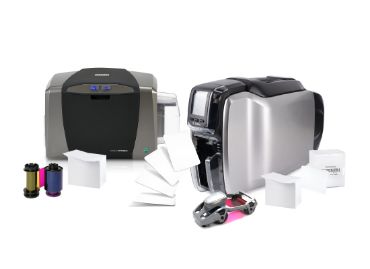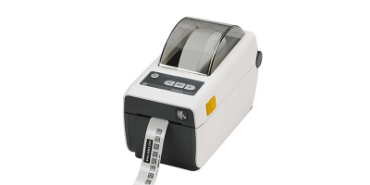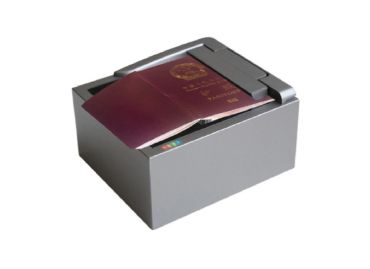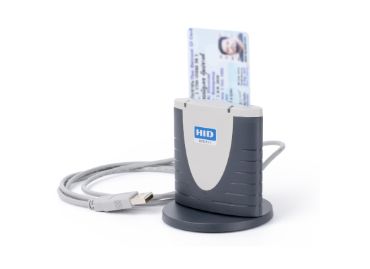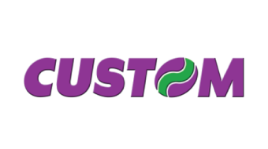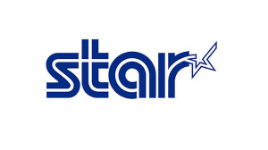You have no items in your shopping cart.
Identification Card
identity card is a document or card issued by an authority or organization to confirm the identity of the person holding it. Identity cards come in various forms and can be used for multiple purposes, such as accessing facilities, using various services, confirming identity in financial transactions, or legal transactions. An identity card usually contains essential information such as name, date of birth, photograph, and identification number. Examples of identity cards include:
- National ID Card: Used as proof of a person's identity in legal transactions and accessing government services in many countries.
- Driver's License: Used not only as proof of the right to drive a vehicle but also can serve as an identity card in many situations.
- Employee Card: Issued by an organization or company to confirm the identity and access rights to the workplace or internal information.
- Student/University ID Card: Used in educational institutions to verify the identity of students and serve as proof of participation in activities or services of the institution.
- Passport: An international travel document used to confirm a person's identity when crossing international borders.
Having an identity card is essential in modern society to confirm identity and access various services. It often needs to be legally valid and regularly updated to be used effectively.
Automatic Identification and Data Capture (AIDC)
AIDC refers to methods of automatically identifying objects, collecting data about them, and directly entering that data into computer systems without human involvement. Technologies under AIDC include:
- Barcodes: As mentioned above, for quick and accurate product information scanning.
- RFID (Radio Frequency Identification): Uses electromagnetic fields to identify and track tags attached to objects. Unlike barcodes, RFID tags do not need to be in the line of sight of the reader and can read several tags simultaneously.
- Biometrics: For identification and security purposes, such as fingerprint and facial recognition systems.
- Optical Character Recognition (OCR): Converts various types of documents, such as scanned papers, PDF documents, or images, into editable and searchable data.
- Smart Cards: Embed a chip that can process data, used for secure transactions and personal identification.
Applications
- Retail: For payment processes, inventory management, and loss prevention.
- Logistics and Supply Chain: For tracking shipments, inventory level management, and improving product flow.
- Healthcare: For patient identification, medication tracking, and equipment management.
- Manufacturing: For tracking parts and products through the manufacturing process and quality assurance.
Benefits
- Efficiency: Increases data collection speed and reduces the need for manual data entry, leading to faster processing times.
- Accuracy: Reduces human errors in data collection and processing.
- Cost Savings: Reduces labor costs and improves inventory management, leading to cost savings.
- Real-time Information: Provides real-time information, allowing for better decision-making and responsiveness.
Barcode technology and AIDC continue to evolve, introducing new methods like RFID and QR codes, expanding the possibilities for automatic data collection and analysis. These technologies play a vital role in enhancing the efficiency and effectiveness of business operations across various industries.



